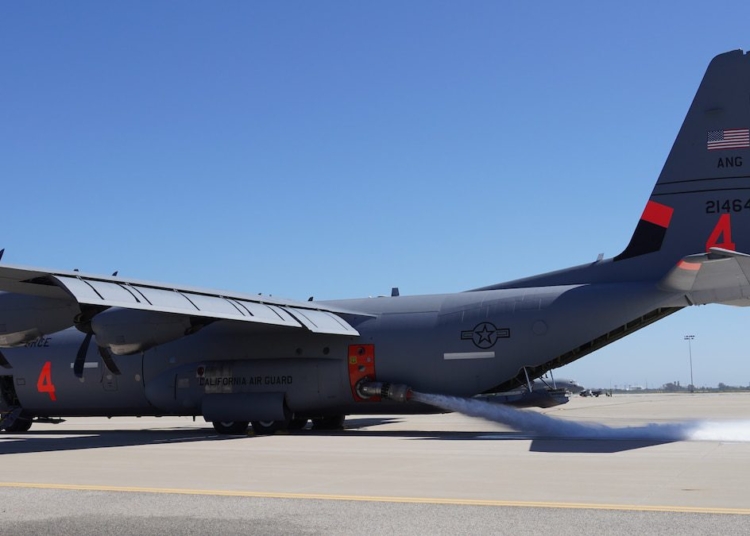This content introduces the topic of Royal Guards and explores their unique customs and traditions. It discusses the origins of Royal Guards in Europe and their role in protecting the royal family and important figures. It highlights the changing face of Royal Guards, including the inclusion of female personnel. The content also delves into the distinctive uniforms and attire of Royal Guards and their meticulous ceremonial traditions. The rigorous training and selection process of becoming a Royal Guard is explained, as well as the importance of international exchange programs. It concludes by emphasizing the public perception and popularity of Royal Guards worldwide.
Royal Guards: Exploring the Unique Customs of Elite Military Units
Introduction
The world of military forces is rich with diverse units, each with their own traditions, customs, and unique roles. Among these are the esteemed Royal Guards, tasked with protecting the sovereign, royal family, and other important figures. Renowned for their impeccable bearing, discipline, and ceremonial flair, let’s delve into the fascinating world of Royal Guards and explore the customs that define these elite military units.
The Origins of Royal Guards
Royal Guards have a long history dating back centuries. Originating in Europe, these specialized units were established to protect monarchs and their households from threats both external and internal. Over time, Royal Guards evolved to reflect the cultural and historical context of the countries they served.
The Role of Royal Guards
The primary role of Royal Guards is to act as protectors and ceremonial guards for the royal family and important dignitaries. Their duty extends beyond mere physical security to include the preservation of traditions, honor, and the overall image of the monarchy.
The Changing Face of Royal Guards
While Royal Guards have traditionally been composed solely of men, many units have recently expanded their scope to include female personnel. This modernization has empowered women to serve in high-ranking positions within these prestigious units, breaking age-old gender stereotypes.
Distinctive Uniforms and Attire
One of the most visually striking aspects of Royal Guards is their unique uniforms. Each unit showcases its distinctive regalia, often featuring bold colors, intricate embroidery, and embellishments that reflect their nation’s heritage. These eye-catching ensembles undoubtedly add to the grandeur and ceremonial aura that surrounds Royal Guards.
Ceremonial Traditions
Royal Guards are known for their meticulously choreographed ceremonial displays. These events, performed at state occasions and royal visits, are a feast for the eyes. Precise drills, changing of the guards, and intricate marches captivate spectators, showcasing the agility, discipline, and extraordinary training of these elite units.
Training and Selection Process
Becoming a Royal Guard is no easy task. The training and selection process is rigorous, demanding only the most capable and committed individuals. Candidates must pass through rigorous physical fitness tests, demonstrate impeccable discipline, and undergo extensive combat and ceremonial training. The selection process ensures that only the best of the best are chosen to safeguard the monarch and uphold the customs and traditions of the Royal Guards.
International Exchange Programs
To foster camaraderie and share expertise, many Royal Guards engage in international exchange programs. Such programs give guards an opportunity to learn from their counterparts in different countries, exchange ideas, and further develop their skills. These interactions facilitate the sharing of best practices and strengthen relationships between nations.
Public Perception and Popularity
Royal Guards have captured the imagination of the public worldwide. Tourists flock to witness their impressive displays and iconic ceremonies, enhancing the popularity of these units and the countries they represent. The guards themselves are often regarded as symbols of national pride and honor, bringing a sense of history and tradition to their respective nations.
Conclusion
Royal Guards stand as symbols of tradition, excellence, and dedication. Their unique customs and ceremonial roles have captured the hearts of people around the globe. From their distinctive uniforms to their precise drills and rigorous training, these elite military units embody the very essence of honor, discipline, and national pride. Through their rich history and ongoing commitment, Royal Guards will continue to captivate and inspire for generations to come.













